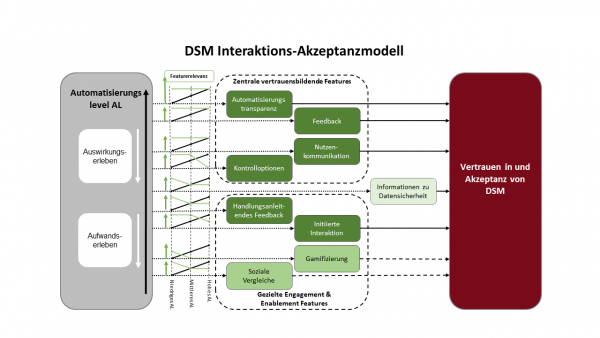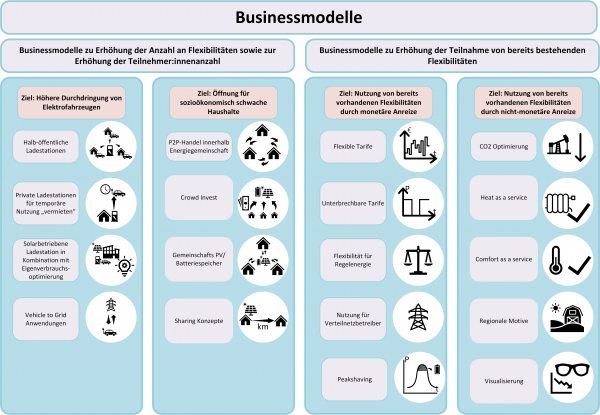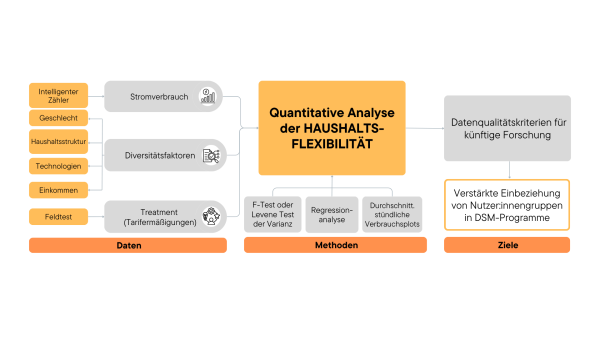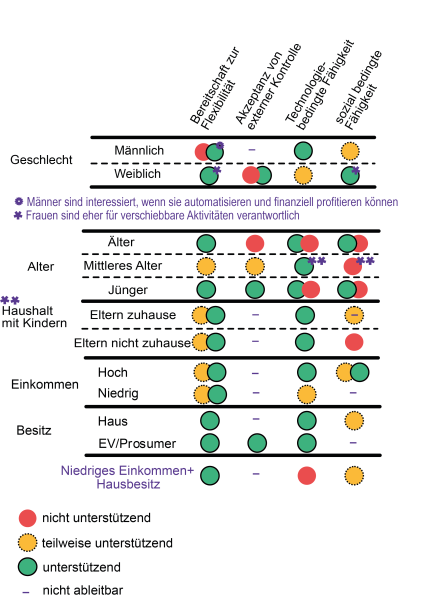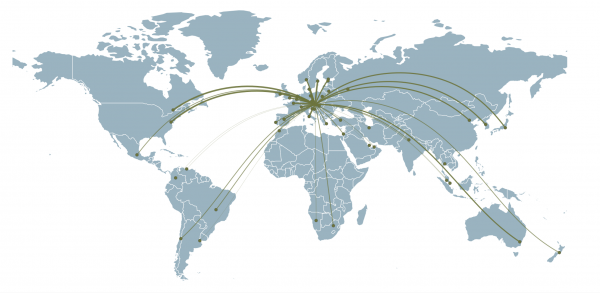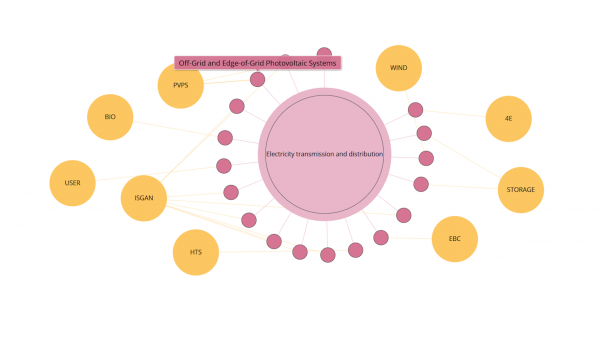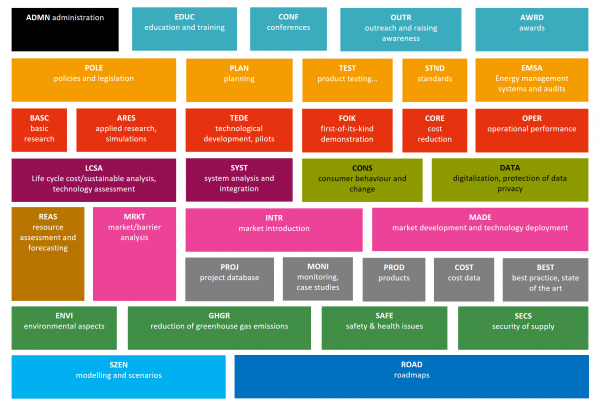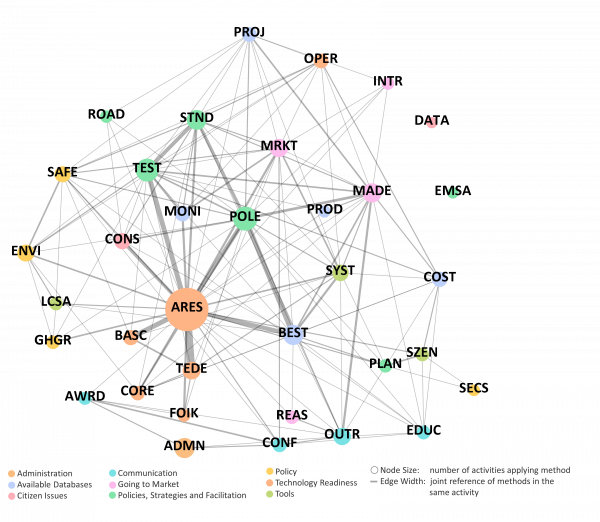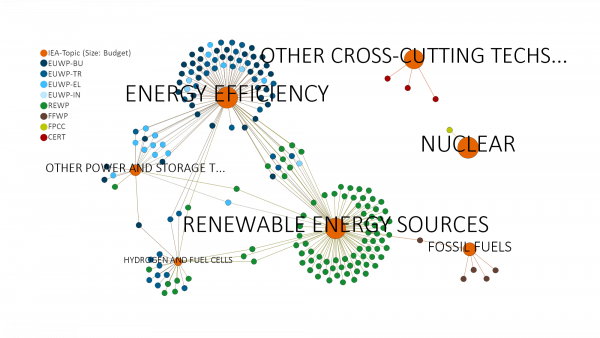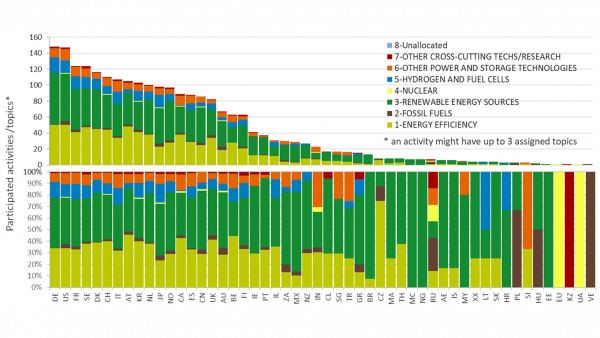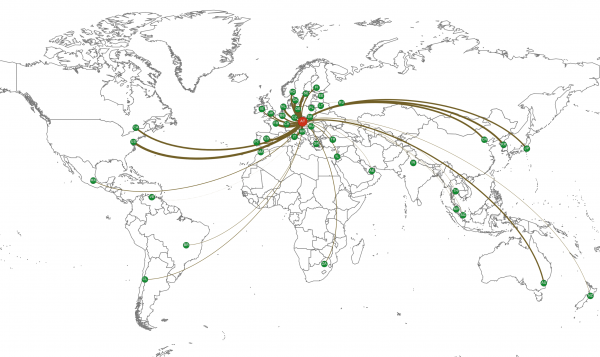Project Image Pool
There are 12 results.
Terms of use: The pictures on this site originate from the projects in the frame of the programmes City of Tomorrow, Building of Tomorrow and the IEA Research Cooperation. They may be used credited for non-commercial purposes under the Creative Commons License Attribution-NonCommercial (CC BY-NC).
DSM Interaction and acceptance model
This figure shows the DSM interaction and acceptance model developed within the project framework, the central trust-building interaction features as well as their changing relevance for the building of trust and acceptance depending on the automation level.
Copyright: AIT Austrian Institute of Technology GmbH
Business models
This figure gives an overview of the business models that were considered in the context of the project on various issues related to Demand Side Management (DSM). A more detailed description of the individual models can be found in the final report.
Copyright: AIT Austrian Institute of Technology GmbH
Analysis of Gender and Diversity Factors in Relation to Energy Consumption Flexibility
The graphic provides an overview of the approach to the quantitative analysis of household flexibility and the conclusions derived from it. Electricity consumption, recorded via smart meters, was combined with diversity dimensions and associated aspects such as gender, household structure, income, and available technologies. Treatments implemented during field tests, such as tariff reductions for peak load reductions, were documented in the dataset. Quantitative methods, including F-tests or Levene's test for variance, regression analysis, and plots of average consumption, were used to gain insights into consumption patterns and identify diversity-specific differences. Building on these findings, data quality criteria for future research were formulated, and a stronger inclusion of diverse user groups in demand-side management (DSM) programs was recommended.
Copyright: SLA2.0
Diversity-specific flexibility framework for demand-side management
The framework illustrates the connections between the diversity dimensions of gender, age, and income, as well as the subcategories of parenthood and ownership, with willingness to be flexible, acceptance of external control, and flexibility driven by technology or social factors. Women exhibit an increased socially-driven flexibility, as they are more often responsible for the relevant activities, while men tend to have greater technologically-driven flexibility and are more interested in automation and financial benefits. Younger and older individuals are generally more willing to be flexible, with younger people being more open to accepting external control, whereas older individuals are more likely to reject it. Technologically and socially-driven flexibility is significantly influenced by parenthood, which tends to limit social flexibility but can enhance technological flexibility and foster willingness. Both higher and lower incomes can promote willingness, with financial motives being a central driver for those with lower incomes. Higher incomes also positively impact the ability to be flexible (both technologically and socially). Ownership of electric vehicles (EVs) or single-family homes plays a key role, enhancing willingness, acceptance of external control (in the case of homeowners with prosumer technologies), and technologically-driven flexibility.
Copyright: SLA2.0
Austrian Activities Worldwide
Visualisation of Austrian cooperations in context of TCP tasks and annexes. Available in german language at https://nachhaltigwirtschaften.at/de/iea/visualisierungen/weltweite-kooperationen.php
Copyright: Austrian Energy Agency
Graph Datastructure
Graphbased datastructure of the open access IEA-TCP dataset.
Copyright: Austrian Energy Agency
Visualisation of TCPs
After selecting a topic (in this example "Electricity transmission and distribution" was selected), this graph shows all tasks (activities) focussing on the selected topic. The topics are structured according to the IEA energy RD&D budget/expenditure statistics. Additionally, you can see the related Technology Collaboration Programmes (TCPs). Activities which had been ongoing in Summer 2020 from all IEA-TCPs are covered in this analysis. You can re-arrange the different bubbles to better meet the needs of your analysis. If a TCP consists of more than one task (activity), it also contains one entry in the database labelled “ExCo-Activities”. Available at https://nachhaltigwirtschaften.at/en/iea/visualisations/tcps-focussing-on-a-topic.php
Copyright: Austrian Energy Agency
Methods
Set of methods to classify the type of activity of TCP Tasks and Annexes.
Copyright: Austrian Energy Agency
Combination of Methods used by TCP-Activities
A set of methods was developed to categorize the kind of project work that is done in the activities. The figure shows which methods are applied how often in total (node size), and which methods were frequently applied together (edge width) by activities. The color corresponds to the different method cate-gories described in chapter.
Copyright: Österreichische Energieagentur, 2018
IEA-Topics, Related Activities and Working Parties
IEA-topics on level 1 (orange, node size corresponds to the official RD&D budget 2015) and TCP-activities (non-orange nodes) and related TCP-working parties (see color code in legend).
Copyright: Österreichische Energieagentur, 2018
Participation of countries in IEA Technology Collaboration Programmes and Related Research Topics
Absolute (upper chart) and relative (lower chart) number of TCP-activities that countries are participating in. The color code shows how the assigned activities are related to the IEA-Topics and how the countries set their priorities with regard to the research topics (based on the IEA RD&D taxonomy).
Copyright: Österreichische Energieagentur, 2018
International cooperations of Austria in context of TCP activities.
Worldmap of Austrias cooperations with other countries in context of the IEA Technology Collaboration Program reasearch activities. Line thickness indicates the number of cooperations.

